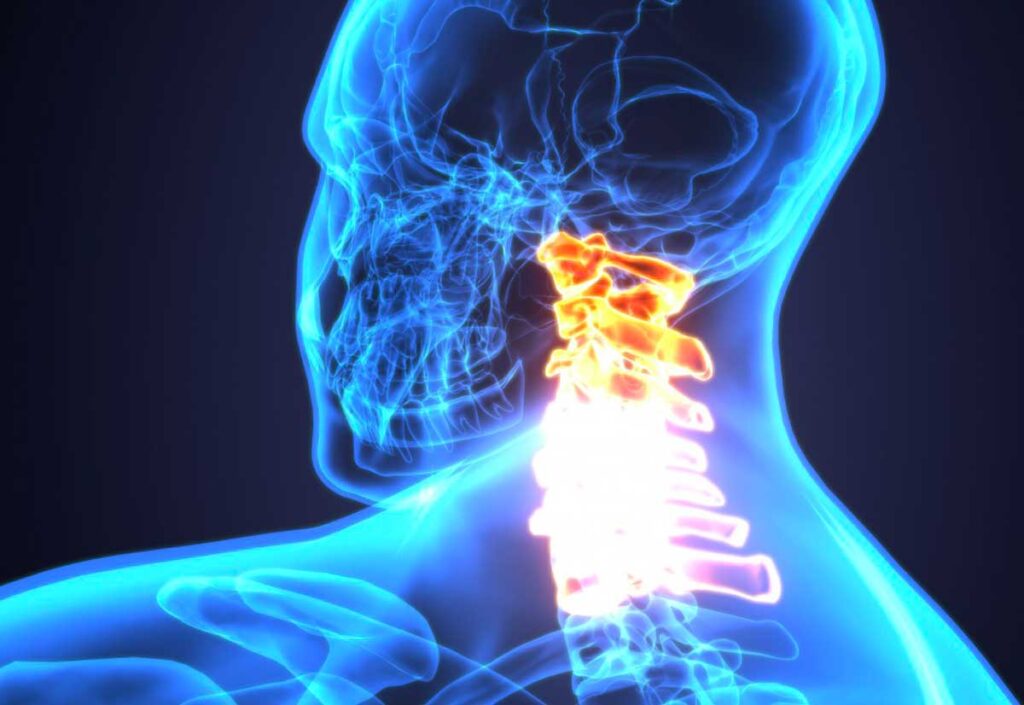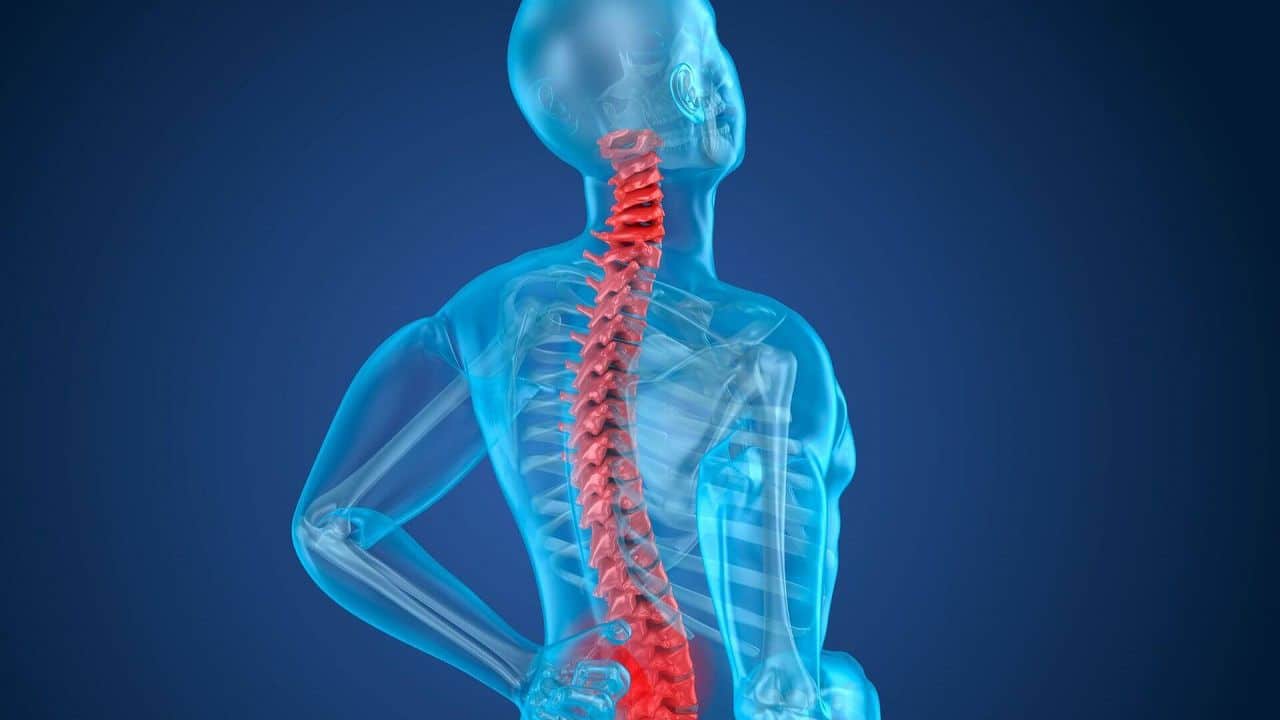Intravenous injection of bone marrow stem cells (MSCs) into patients with spinal cord injury has led to a great improvement in motor function.
Researchers from Yale University and Japan talked about these spinal cord findings in an article in the Journal of Clinical Neurology and Neurosurgery.
For more than half of the patients, they were observed substantial improvements in key functions. Abilities to walk or even use hands improved dramatically within a few weeks of the stem cell injection. Even more important than treating the spinal cord, no substantial side effects were reported.

The phases of the study
Patients had suffered injuries spinal cord injuries, which in many cases were due to falls or minor trauma, several weeks before stem cell implantation.
Their symptoms included the loss of motor function and coordination, sensory loss, and bowel and bladder dysfunction.
Stem cells administered to patients were derived from the patients' bone marrow. The team activated the process with a protocol that took a few weeks in a specialized cell processing center.
Finally, the team injected the cells intravenously. The results were not blinded. There wasn't even a placebo control group.
The authors of the spinal cord research
Yale scientists Jeffery D. Kocsis, professor of neurology and neuroscience, e Stephen G. Waxman, professor of neurology, neuroscience, and pharmacology, were senior authors on the study.
Kocsis and Waxman stress that more studies will be needed to confirm the results of this preliminary study. It may take years, but they remain optimistic.
Similar results with stem cells in stroke patients boost our confidence. This approach can be clinically useful. It is the culmination of extensive laboratory work between Yale and Sapporo colleagues.
Jeffery D. Kocsis, Yale
The idea that we might be able to restore function after injury to the brain and spinal cord using the patient's own stem cells is truly intriguing.


